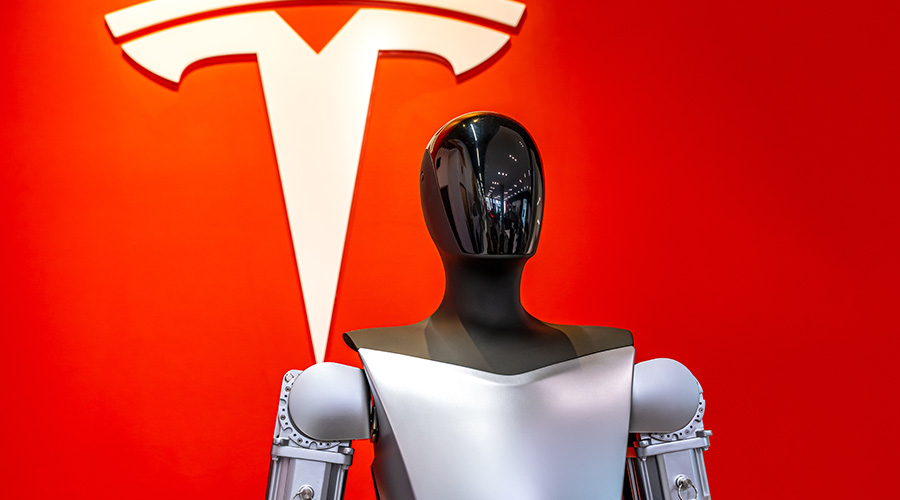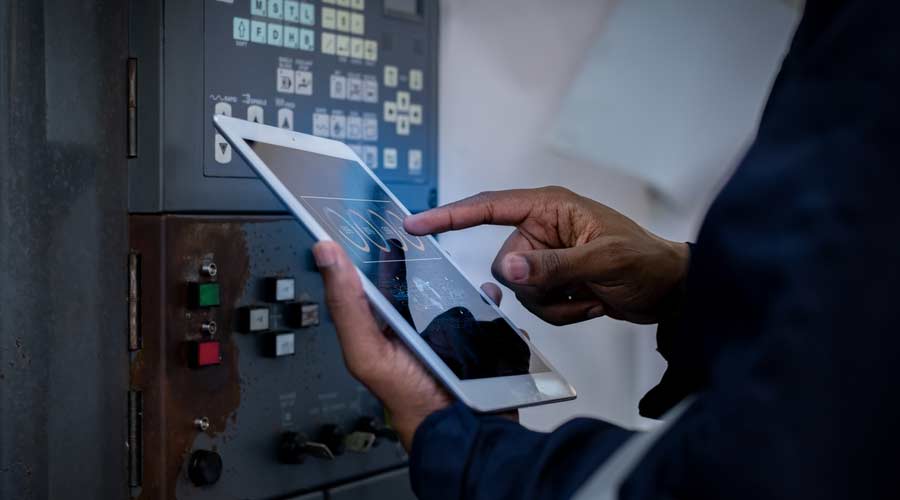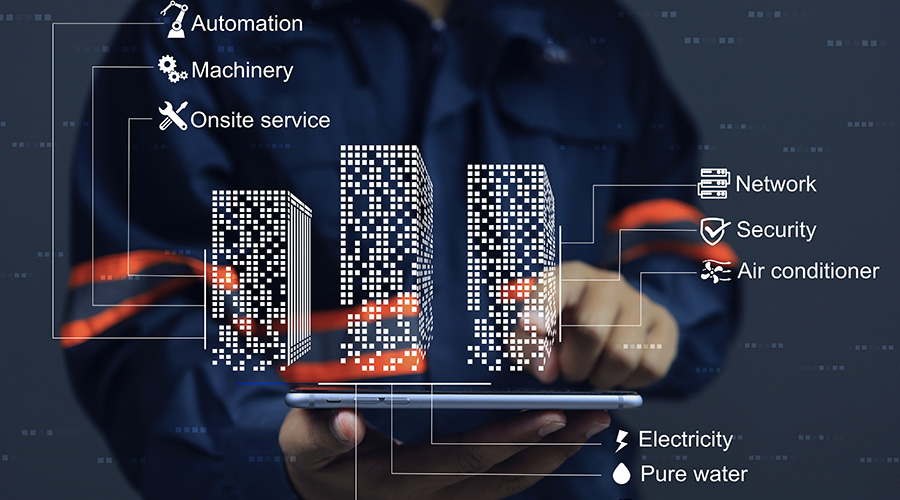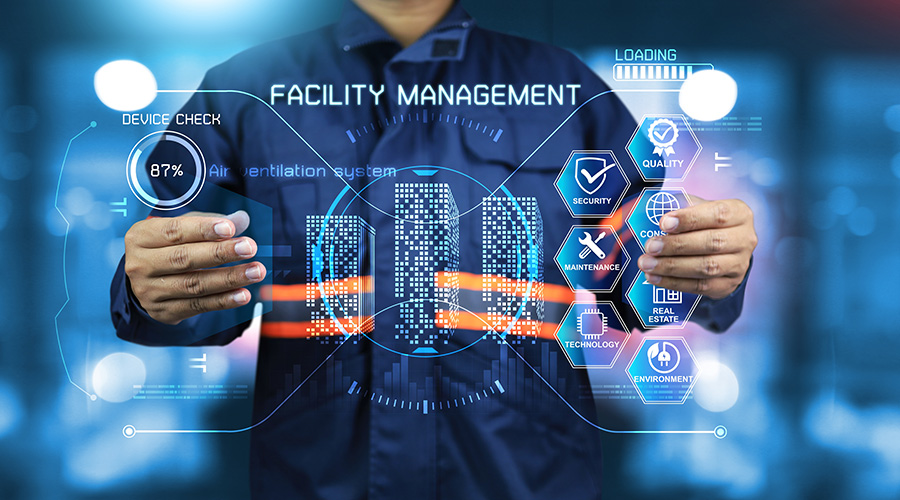The Future of Facility Management: Tesla's Optimus Robot
Optimus Gen 2 could be used to check and replace air filters, inspect plumbing and electrical systems, and perform minor repairs autonomously.
By Shawn Black, Facility Influencer
Let's dive into some groundbreaking tech that's set to revolutionize facility management. We're talking about Tesla's Optimus Gen 2 robot, Elon Musk's latest brainchild. This advanced humanoid robot is designed to tackle a wide range of tasks and is poised to close the labor gap in the trades. Let's break down how Optimus is about to change the game.
Years in the making
Tesla's Optimus robot, also known as Tesla Bot, made its debut during Tesla's AI Day event in August 2021. The concept was introduced as a humanoid robot designed to perform repetitive and mundane tasks, freeing humans from dangerous, tedious, or boring work.
Musk emphasized the robot's potential to address labor shortages and improve overall productivity. Fast forward to 2023, and we've got the second generation of the robot, Optimus Gen 2. This version features enhanced dexterity, improved AI-driven capabilities, and more advanced sensors and actuators, enabling it to perform a wider range of tasks with greater precision and reliability.
Elon Musk's vision for Optimus extends beyond just industrial applications. He sees a future where these robots could be integrated into households, handling domestic chores and everyday tasks, thereby enhancing the quality of life and allowing humans to focus on more creative and fulfilling activities. Musk envisions a world where "physical work will be a choice." As Optimus robots become more capable and affordable, they could democratize access to high-quality assistance and support, making it available to a broader population. This could lead to significant societal changes, with more people able to pursue their passions and engage in meaningful activities without the constraints of routine labor.
Revolutionizing facility management
Facility management faces a significant labor shortage, covering everything from routine maintenance to complex repairs. Enter Tesla's Optimus Gen 2 robot. With its advanced dexterity, which allows it to handle delicate tasks with precision, fine motor skills that enable it to manipulate tools and equipment with human-like agility, and AI-driven capabilities, this robot is designed to perform tasks traditionally done by human workers, filling critical gaps in the workforce.
Optimus can perform a variety of essential tasks in facility management. From routine maintenance to complex repairs, its advanced sensors and actuators enable it to handle precision work easily. For instance, it can check and replace air filters, inspect plumbing and electrical systems, and perform minor repairs autonomously. This means businesses can rely on Optimus to handle tasks that are currently hard to staff due to labor shortages.
In facility management, Optimus is a game-changer. Its ability to work autonomously and integrate with AI-driven diagnostic tools allows it to identify potential issues before they become major problems. For example, it can detect early signs of equipment failure and identify areas that require preventive maintenance. This proactive maintenance approach can prevent costly downtime and extend the lifespan of equipment and facilities, ensuring smooth and efficient operations.
By automating repetitive and labor-intensive tasks, Optimus can significantly reduce labor costs. Its efficiency and precision lead to improved operational performance and higher quality standards. For businesses, this means better service delivery and enhanced customer satisfaction, all while cutting down on expenses related to human labor.
Optimus's tactile sensing and precise control make it suitable for various facility management tasks. Whether it's handling tools, performing detailed inspections, or carrying out maintenance procedures, this robot is equipped to perform with consistency and reliability. Its advanced mobility allows it to navigate various work environments, from tight spaces in HVAC systems to expansive industrial facilities.
Benefits that outweigh challenges
While the benefits of Optimus and similar AI-powered robots are substantial, it's important to acknowledge the potential challenges. The initial investment in robotic systems like Optimus might be high, and there could be resistance or fear of job displacement among the workforce. However, the long-term economic benefits are substantial.
Reduced labor costs, increased efficiency, and higher quality standards translate into greater profitability and competitiveness for businesses in facility management. Moreover, as Optimus takes over more routine tasks, human workers can be redeployed to roles that require complex decision-making and customer interaction, leading to more fulfilling job opportunities.
The shortage of skilled workers in facility management is a well-documented challenge. Optimus can help bridge this gap by taking on tasks that don't necessarily require human intuition but demand precision and reliability. This allows skilled human workers to focus on more intricate and nuanced tasks, optimizing the workforce.
Future prospects
As we move towards a reality where "physical work will be a choice," integrating AI-powered robots like Optimus in facility management will become increasingly important. Businesses that adopt this technology early will have a competitive edge, benefiting from enhanced efficiency and reduced operational costs.
Tesla's Optimus Gen 2 robot represents a monumental leap forward for facility management. The versatile capabilities of this technology enable it to execute a diverse array of tasks, ranging from routine maintenance to intricate repairs. This has the potential to address the labor shortage and revolutionize the way businesses carry out their operations. As this technology progresses, it holds the promise of significantly improving operational efficiency, cutting costs, and opening up more gratifying employment prospects for human workers.
So there you have it. Optimus is not just a robot; it's a revolution. Stay tuned as we continue to explore how this groundbreaking tech is set to transform facility management and beyond.
With almost 30 years of experience in technical and construction-related industries, including nine years in facility maintenance, Shawn Black is a highly skilled professional and one of Building Operating Management’s Facility Influencers. Currently, he serves as a Regional VP of Business Development, and is an author, speaker, coach, and Podcast host of the popular Service Industry podcast.
Related Topics:












